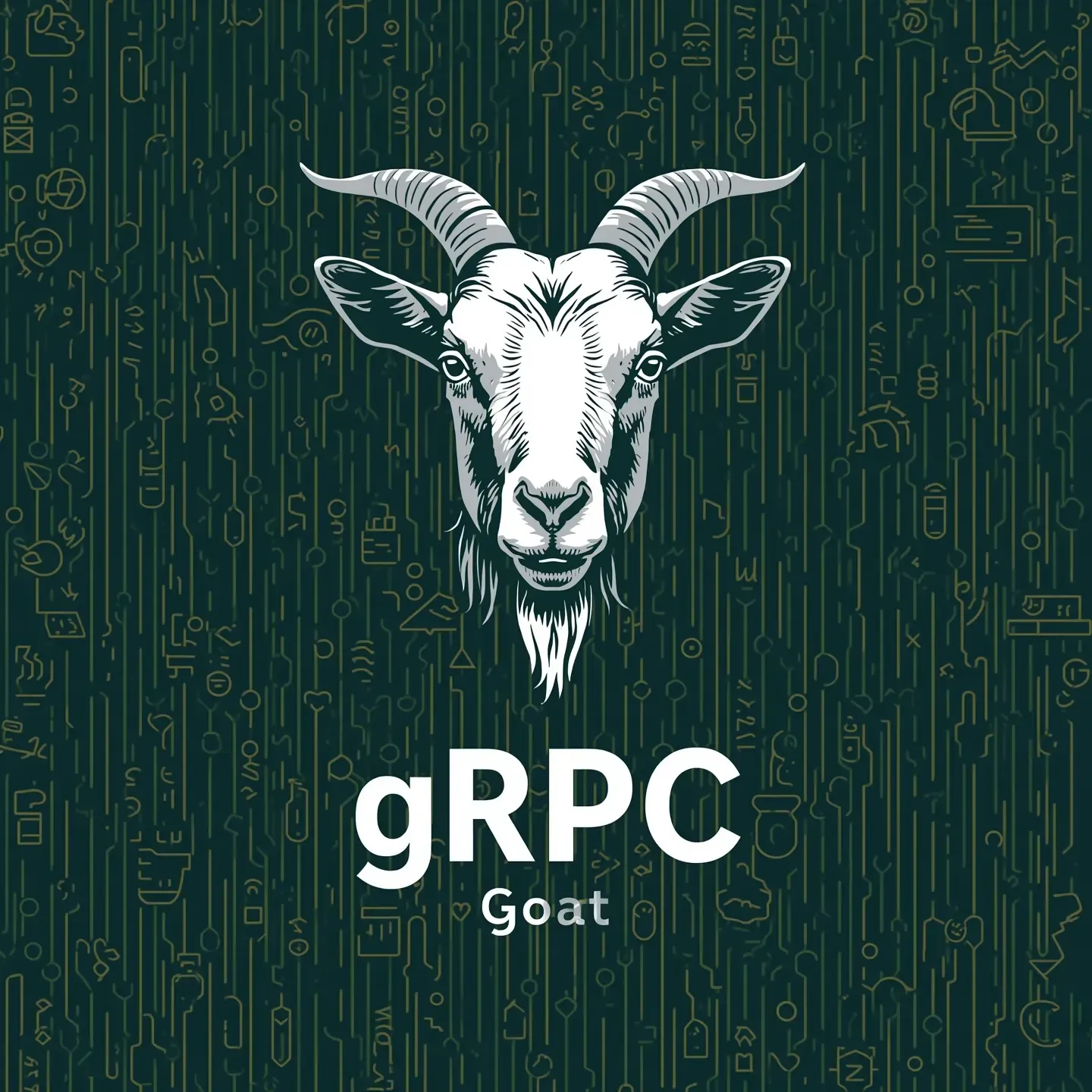Labs Overview
Comprehensive gRPC security vulnerabilities and attack scenarios
gRPC Goat Labs#
Welcome to the gRPC Goat vulnerability labs! Each lab demonstrates a specific security vulnerability commonly found in real-world gRPC applications. These hands-on exercises will help you understand both how to exploit these vulnerabilities and how to defend against them.

Vulnerability Overview#
The following table provides an overview of all available labs, their business context, and the security risks they demonstrate:
| Lab | Service Name | Business Purpose | Vulnerability | Risk / Impact |
|---|---|---|---|---|
| 001 | Service Discovery | Internal API registry for developers | Reflection Enabled | Attackers can enumerate all gRPC services and hidden methods, discovering sensitive endpoints like admin functions |
| 002 | Auth Service | Handles user login and session tokens | Plaintext gRPC | Credentials sent over plaintext can be intercepted and reused by attackers |
| 003 | Billing Service | Processes customer payments | Insecure TLS | Self-signed TLS allows MITM attacks and interception/manipulation of transactions |
| 004 | Partner API | Exposes partner integrations | Arbitrary mTLS | Accepts any client certificate, letting attackers impersonate trusted partners and access restricted APIs |
| 005 | Partner API v2 | Enhanced partner integrations | mTLS Subject Validation | Validates subject name but accepts self-signed certificates, allowing certificate impersonation |
| 006 | Admin Service | System administration functions | Unix Socket World Writable | Socket with world read/write permissions allows any user to access admin functions |
| 007 | User Directory | Stores employee profiles and permissions | SQL Injection | Unsanitized database queries allow attackers to exfiltrate sensitive data (users, credentials, API keys) |
| 008 | File Processor | Processes uploaded files for reports | Command Injection | Unsanitized input allows attackers to execute arbitrary system commands on the server |
| 009 | Image Preview | Fetches thumbnails from external URLs | SSRF | Attackers can make the server request internal resources, potentially accessing metadata or internal endpoints |
Lab Categories#
Discovery & Enumeration#
- Lab 001: Service Discovery - Learn how gRPC reflection can expose your entire API surface
Authentication & Authorization#
- Lab 002: Auth Service - Understand the risks of plaintext gRPC communications
- Lab 004: Partner API - Explore mTLS misconfigurations
- Lab 005: Partner API v2 - Advanced certificate validation bypasses
Transport Security#
- Lab 003: Billing Service - TLS implementation vulnerabilities
- Lab 006: Admin Service - Unix socket permission issues
Injection Attacks#
- Lab 007: User Directory - SQL injection in gRPC services
- Lab 008: File Processor - Command injection vulnerabilities
- Lab 009: Image Preview - Server-Side Request Forgery (SSRF)
Learning Path#
For Beginners#
Start with these foundational labs to understand basic gRPC security concepts:
- Lab 001 - gRPC Reflection (easiest to understand and exploit)
- Lab 002 - Plaintext Communications (demonstrates basic transport security)
- Lab 007 - SQL Injection (familiar vulnerability in gRPC context)
For Intermediate Users#
Explore authentication and transport security issues:
- Lab 003 - Insecure TLS Implementation
- Lab 004 - mTLS Misconfigurations
- Lab 006 - Unix Socket Permissions
For Advanced Users#
Tackle complex vulnerabilities and advanced attack scenarios:
- Lab 005 - Advanced Certificate Validation Bypasses
- Lab 008 - Command Injection in gRPC Services
- Lab 009 - Server-Side Request Forgery (SSRF)
Getting Started#
- Choose a lab from the table above based on your experience level
- Set up the environment following the installation guide
- Follow the lab instructions to exploit the vulnerability
- Study the mitigation techniques to secure your own gRPC services
- Practice with different tools like Postman, grpcurl, or BloomRPC
Ready to start? Head to Getting Started to set up your lab environment!